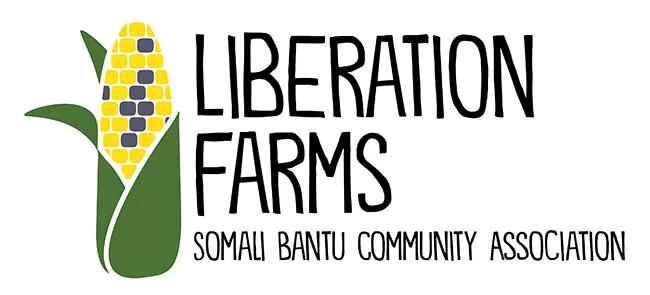“Location, location, location”
Not a week passes at the Harward Center without someone — usually a student or one of our own staff members — expressing appreciation for the fact that Bates College is located in Lewiston, Maine. Unlike Bates, most small liberal arts colleges were intentionally located away from the hustle and bustle of city life, as a way to keep its distractions and impurities from undermining or corrupting the pursuit of “pure” knowledge. As we welcome new students, faculty, and staff to campus each year, we’re reminded of how lucky we are to be located in a fascinating, vibrant, and wonderfully accessible small city where our students can easily experience the transformative power of differences. Those who know Lewiston know it is not a “college town,” if by that we mean a place where life revolves around the college. Instead, Bates is perennially challenged to find its rightful place in relation to Lewiston — to discern what it means to be a good neighbor and how to embody the courage of our institutional convictions in this particular place.
At the Harward Center, we welcome new students to their “new hometown” by challenging them to experience it for themselves — to make a habit of getting off campus and into the rest of Lewiston. They can do that through any number of academic courses and co-curricular programs we are proud to make available, or simply by taking walks or bike rides into the downtown and being attentive to the sights and sounds, cultures and languages, lives and stories that abound there. We also encourage students to become aware of the “community cultural wealth” that surrounds them in Lewiston. This means learning to recognize and appreciate the wisdom and skill that people who may not have fancy degrees or high incomes nevertheless bring to the world. In her 2005 article on community cultural wealth, Professor Tara Yosso argues that even in well-meaning community work, there is a tendency to overlook the significant experiential knowledge that People of Color often bring to their work and lives (Race, Ethnicity and Education, Vol. 8, No. 1, March 2005, pp. 69-91). Professor Yosso identifies six forms of frequently overlooked cultural capital:
- Aspirational capital – the ability to maintain hopes and dreams for the future, even in the face of real and perceived barriers; cultivation of a culture of possibility that breeds and affirms resilience (77)
- Linguistic capital – the intellectual and social skills attained through communication experiences in more than one language and/or style (78)
- Familial capital – cultural knowledges nurtured among kin that carry a sense of community history, memory, and cultural institutions (79)
- Social capital – networks of people and community resources (79)
- Navigational capital – skills of maneuvering through social institutions such as racially-hostile campuses or off-campus communities (80)
- Resistant capital – knowledges and skills fostered through oppositional behavior that challenges inequality; grounded in legacies of resistance to subordination; includes cultural knowledge of the structures of racism and motivation to transform such oppressive structures (80-81)
A recent podcast provides an excellent window onto community cultural wealth here in Lewiston, Maine. This episode of The Sum of Us tells the story of our long-time community partner, Muhidin Libah, as he and other Somali Bantus in Lewiston are revitalizing farming through cooperative agrarian practices. If you have a Spotify account, you should be able to enjoy this wonderful story. (Apologies if not.) Many Bates students have been fortunate to learn from Muhidin and other Somali Bantu neighbors over the years. Without a doubt, their cultural wealth enriches the community that Bates is fortunate to call home.
